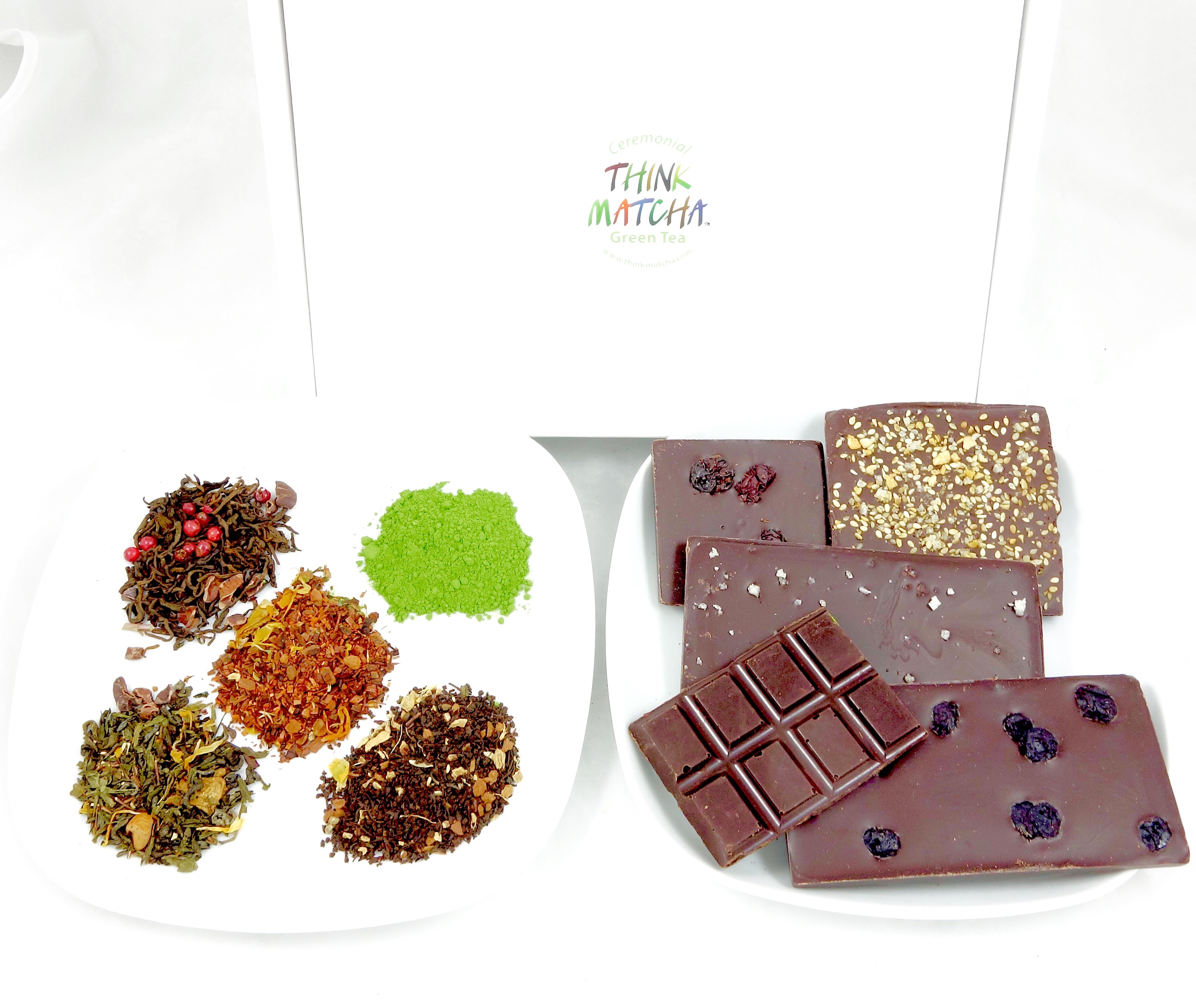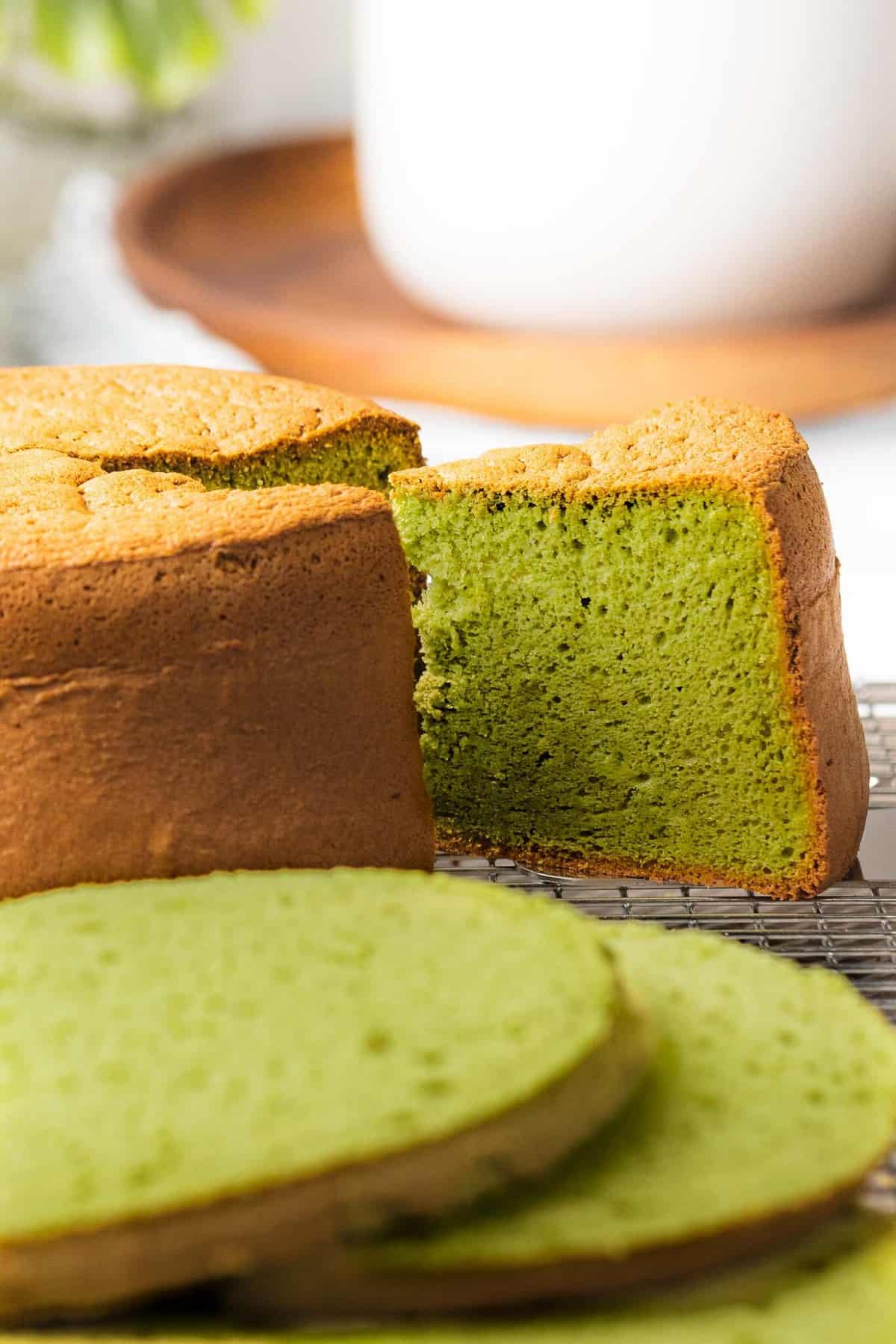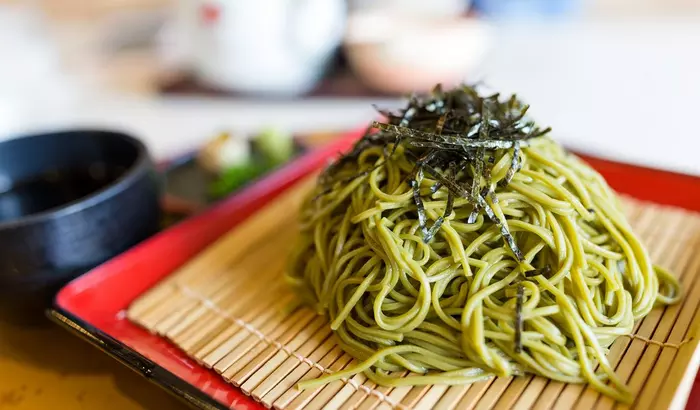The Impact of Brewing Temperature on Matcha Green Tea’s Fluoride Content

Matcha green tea has gained popularity among tea enthusiasts due to its vibrant color, rich flavor, and potential health benefits. Recent research has shed light on the influence of harvesting date and brewing temperature on the fluoride content of matcha tea. In this post, we examined the effects of these factors and discovered some intriguing findings that tea drinkers should be aware of.
In a recent study by Pomeranian Medical University in Szczecin, China, the temperature of the water used to prepare matcha infusions was found to be a crucial factor influencing the fluoride content of the beverage. Tea trees accumulate and store fluoride by absorbing it from the air and soil. Fluoride accumulates mostly in the leaves of the tea plant. Through the study’s analysis, they observed a direct correlation between water temperature and fluoride concentration in the tea. Higher water temperatures resulted in increased fluoride levels in the final infusion. This finding emphasizes the importance of water temperature control during matcha preparation to optimize its health benefits. Note that tea samples from different countries varied in the amount of fluoride they contained. The Chinese sample contained the most fluoride, while the Japanese sample (Think Matcha’s (our) source country) contained the least.
Matcha tea has emerged as a significant source of fluoride in the human diet. A single liter of this beverage can contain approximately 4 mg of fluoride, meeting the daily requirement for this essential mineral. It is important to note that all Tea plants readily absorb fluoride from soil. As a result, tea drinks invariably contain high levels of fluoride.
Optimal Brewing Temperature: Intriguingly, this study revealed that the matcha tea brewed at 25 °C (77 degrees Fahrenheit) had the lowest fluoride content. This finding indicates that brewing matcha at this temperature provides the safest dose of fluoride for human consumption. Tea enthusiasts should keep this in mind when preparing matcha to strike a balance between enjoying the beverage’s health benefits and minimizing fluoride intake.
It is crucial to control the amount of fluoride used in one’s daily diet and consider the overall fluoride intake from other sources.
By understanding these factors, tea enthusiasts can make informed choices and enjoy matcha while maintaining a balanced fluoride intake.
Please remember that our posts are solely expressions of our company’s opinions and not medical advice. It’s important to consult your medical professional for personalized guidance.
Image:stylecraze.com/articles/2-simple-ways-to-prepare-green-tea



